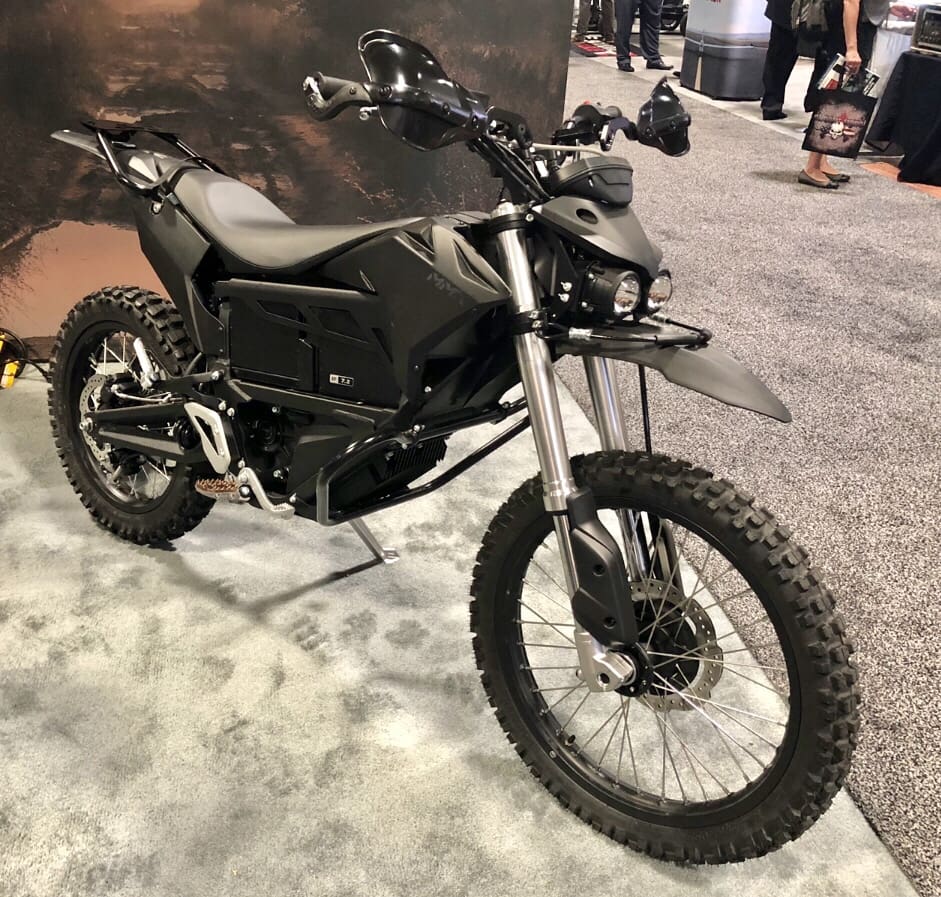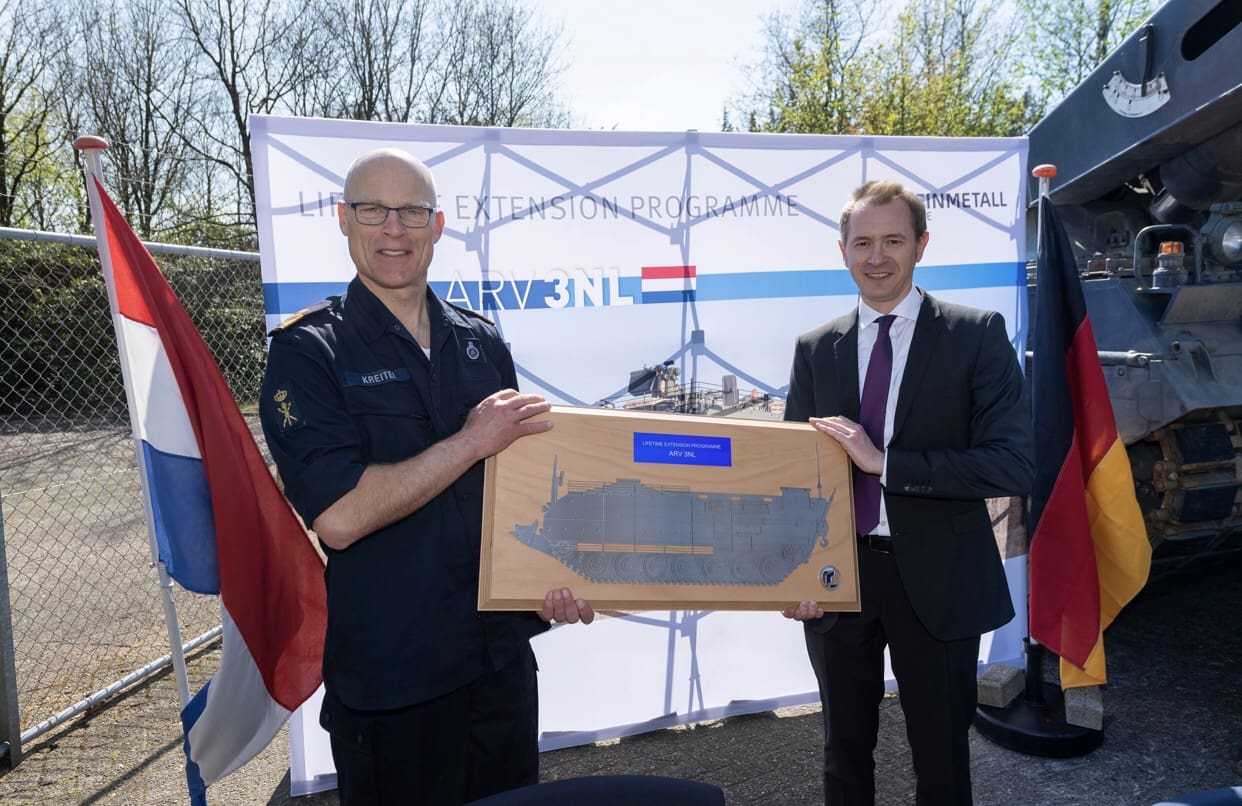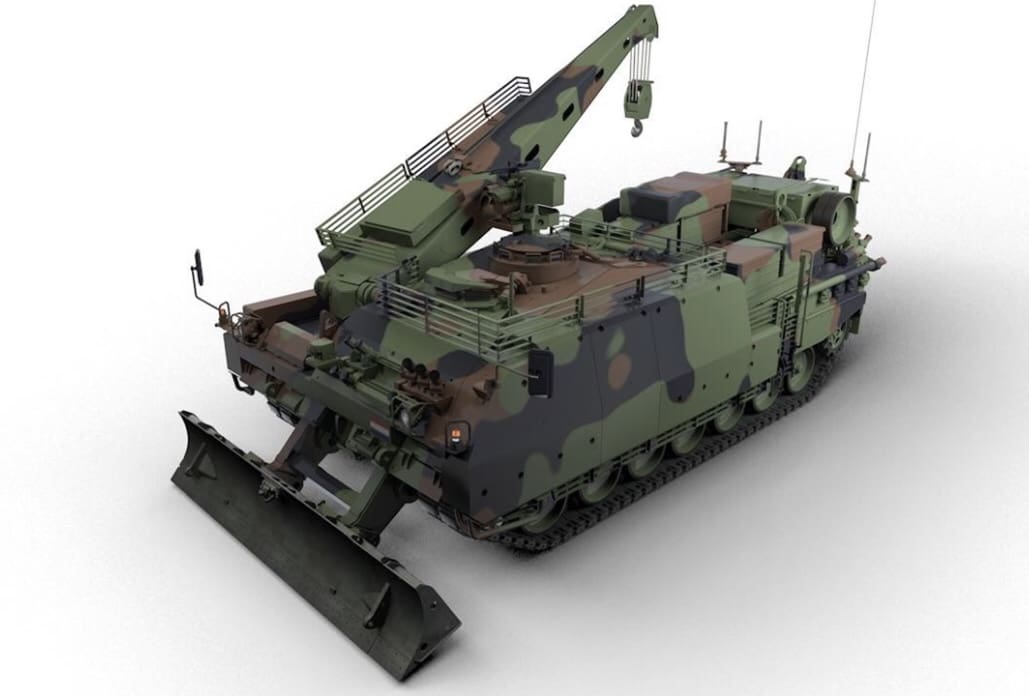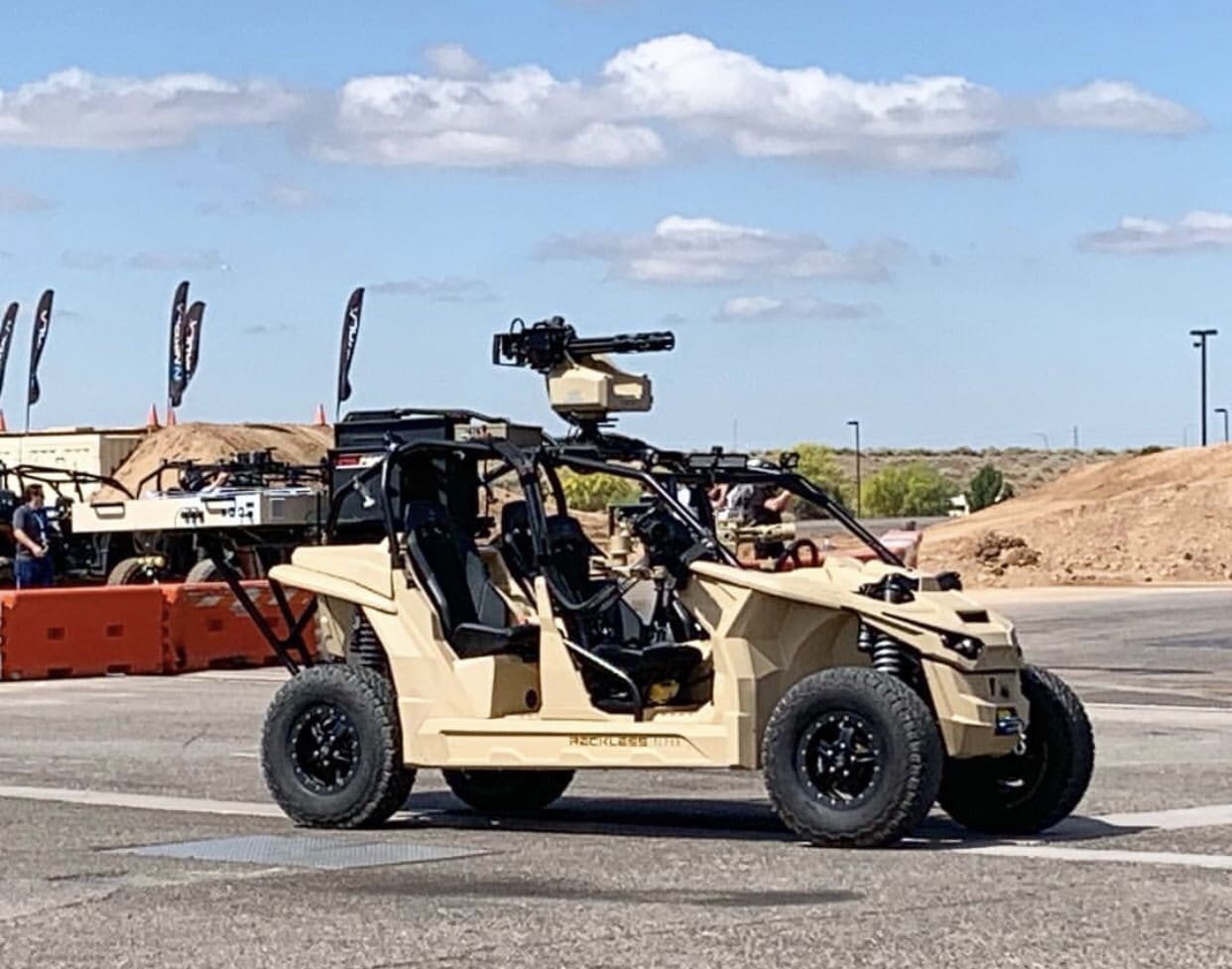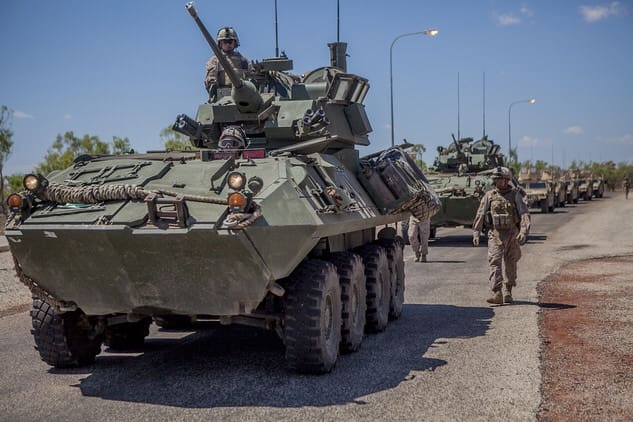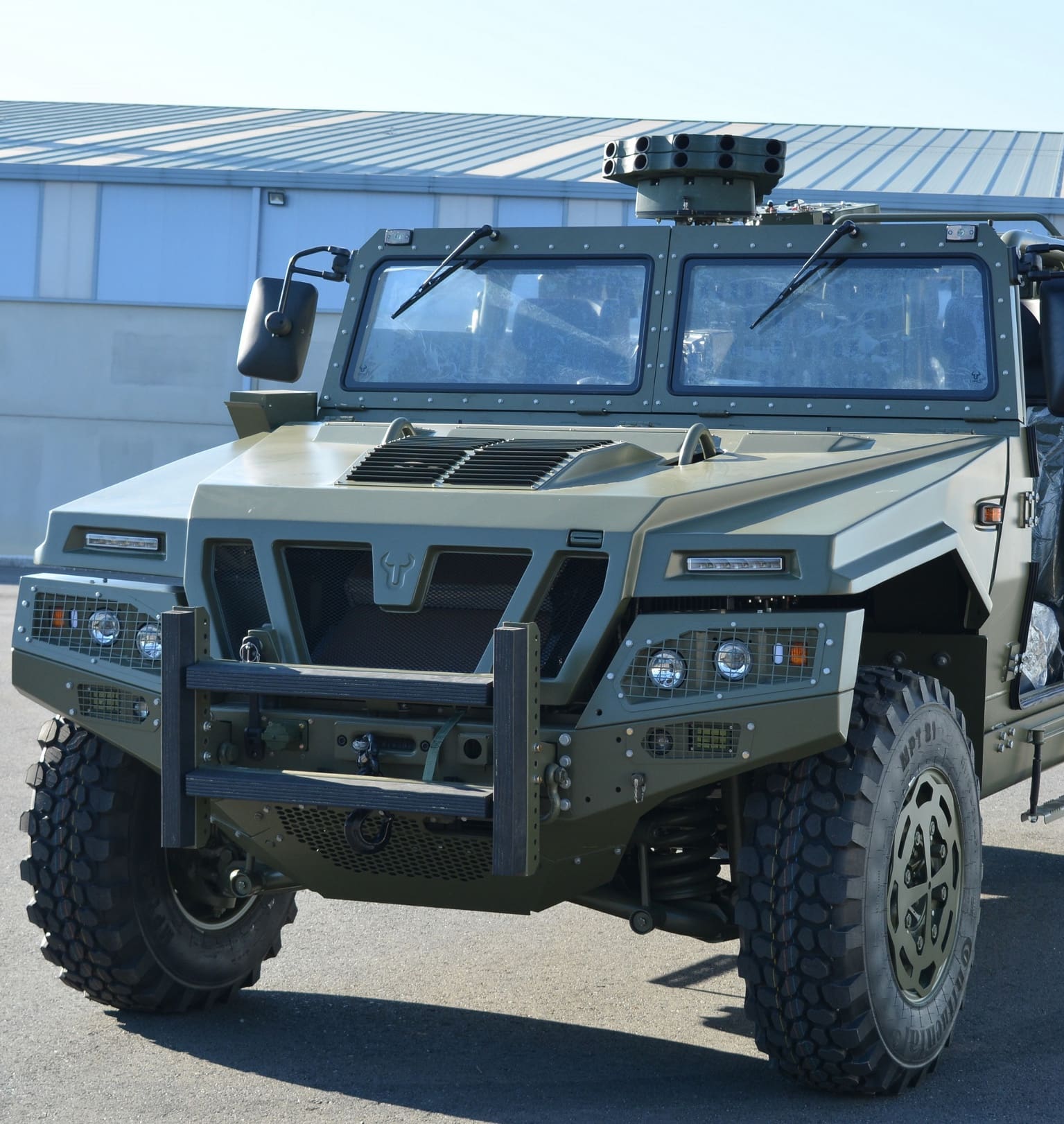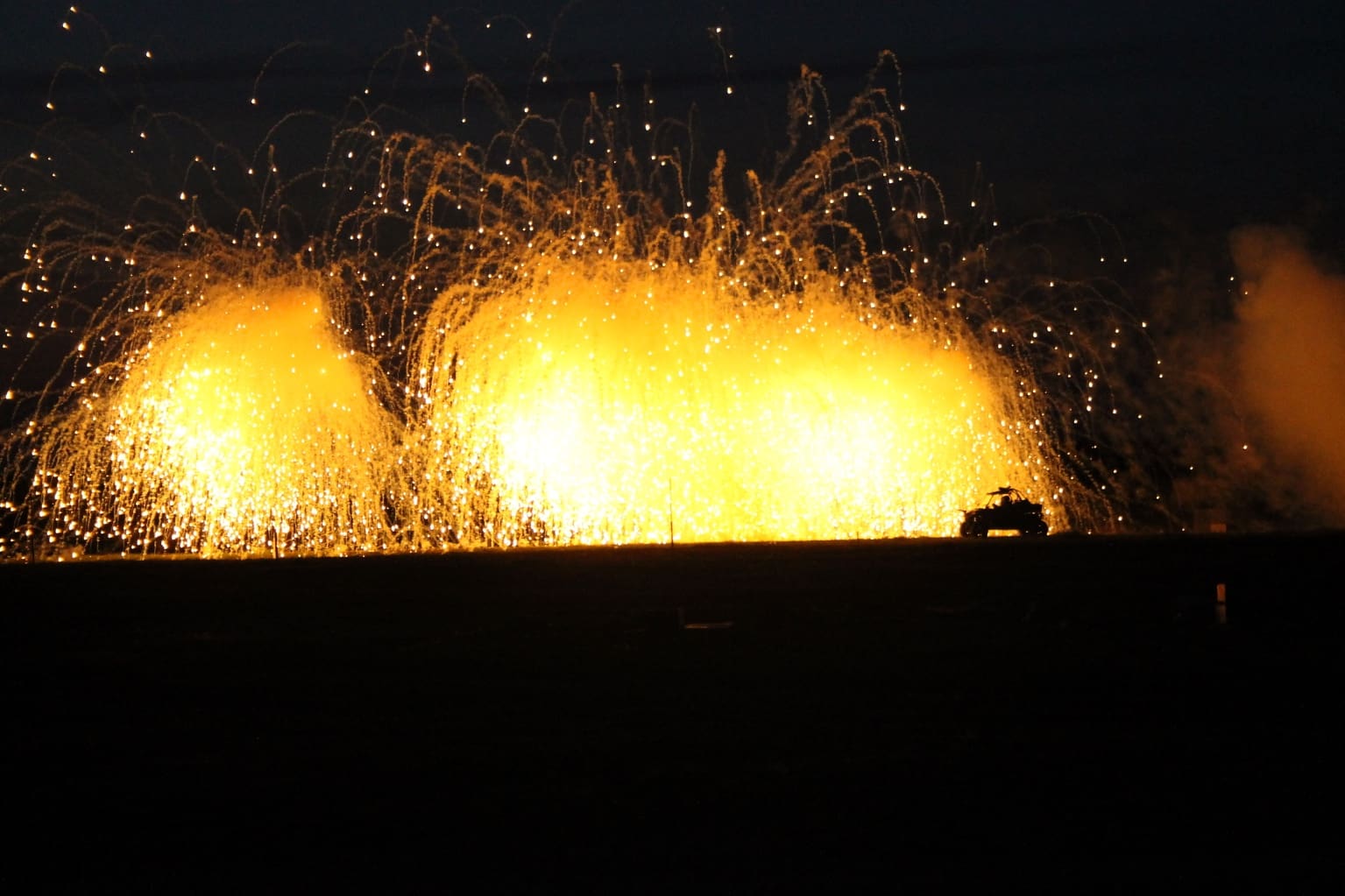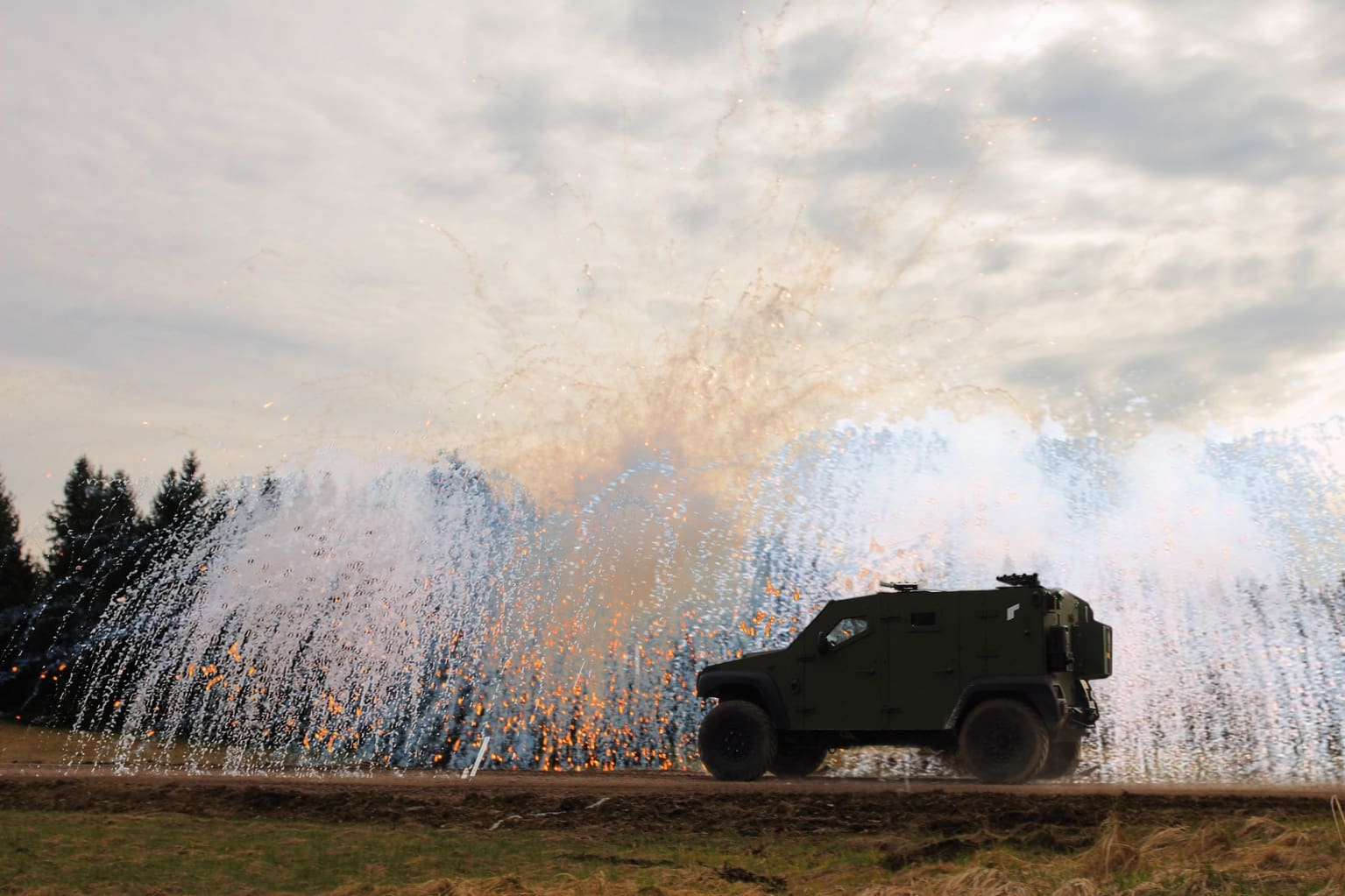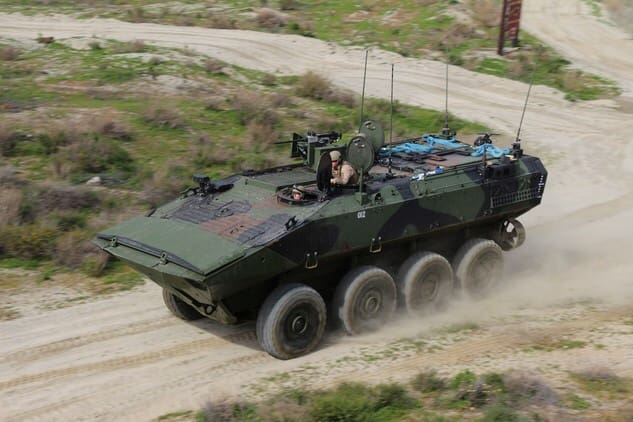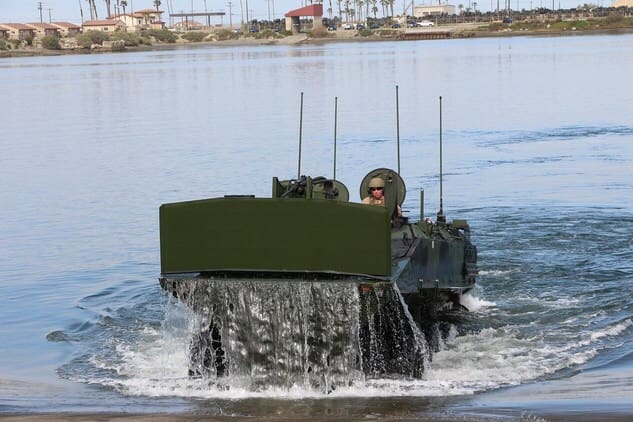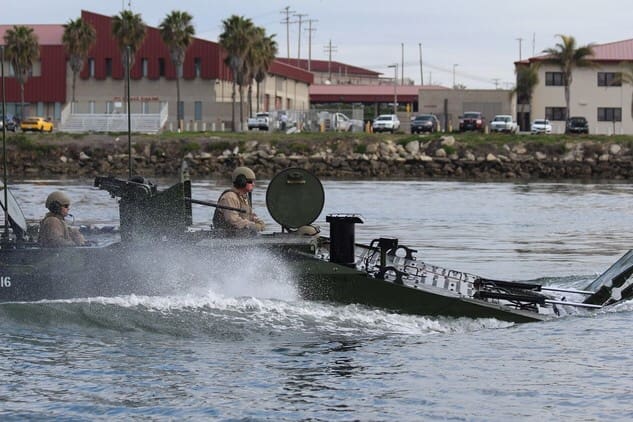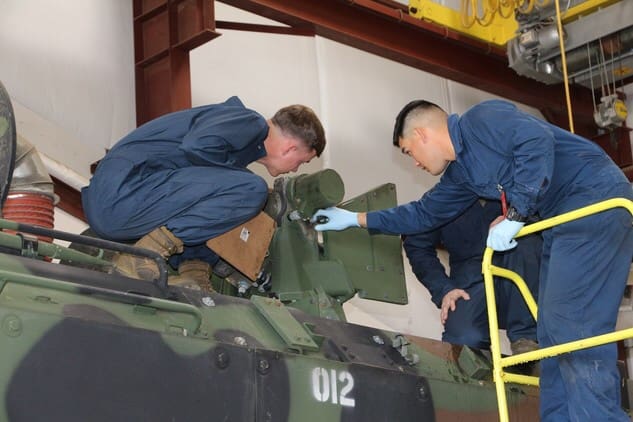Right-sized vehicles deliver on- and off-road, in- and outdoor, gas, diesel and electric options
Minneapolis, April 8, 2019 – Polaris Government and Defense has expanded its current offering of the popular off-road and over-the-curb RANGER fire and rescue vehicles to include the street-legal GEM and indoor-use Taylor-Dunn electric vehicles. These three vehicles will be on display at FDIC International April 11-13 in Lucas Oil® Stadium, Indianapolis in booth 8229 and the PRO XD will be displayed by Darley Defense. The turn-key vehicles can improve response time and reach without compromising mobility, budget or effectiveness.
“Fire and rescue personnel require extensive reach to be effective, and these mobility solutions are designed to expand that reach to help improve response time both urban and off-road, indoors and out – where cars, trucks or helicopters cannot operate,” said Jed Leonard, vice president, Polaris Government and Defense.
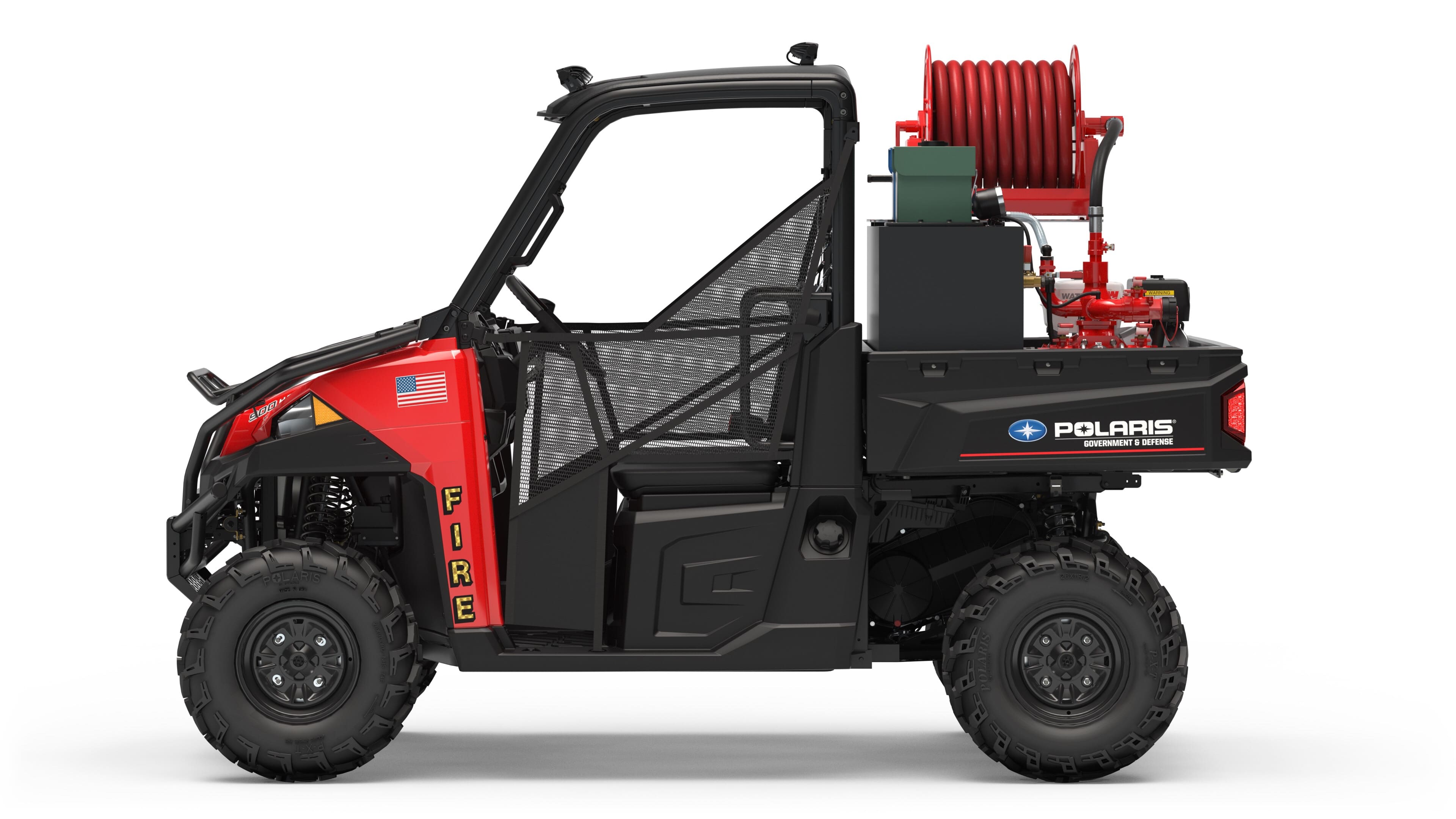
The Polaris RANGER is integral for fire departments across the country and has been since its introduction in 1998. RANGER helps to improve response time and reach to challenging locations, including narrow passage ways and secluded lots, as well as rugged, off-road trails, beaches, and park terrain. The vehicle’s excellent sightlines and mobility also make it ideal for city events and heavily populated areas. RANGER is also budget friendly when compared to full-size vehicles because it is less expensive to purchase, operate, and maintain.
The RANGER firefighting units are Polaris’ off-road and over-the-curb solution, incorporating a professional system that is familiar, having been developed with years of firefighter input by RKO™ Enterprises. This RANGER incorporates a capable pump, hose and reel, a combination tank for water and a compressed air foam suppression system, and the ability draft from a water source. Mounting options can accommodate preferences for different departments and uses.
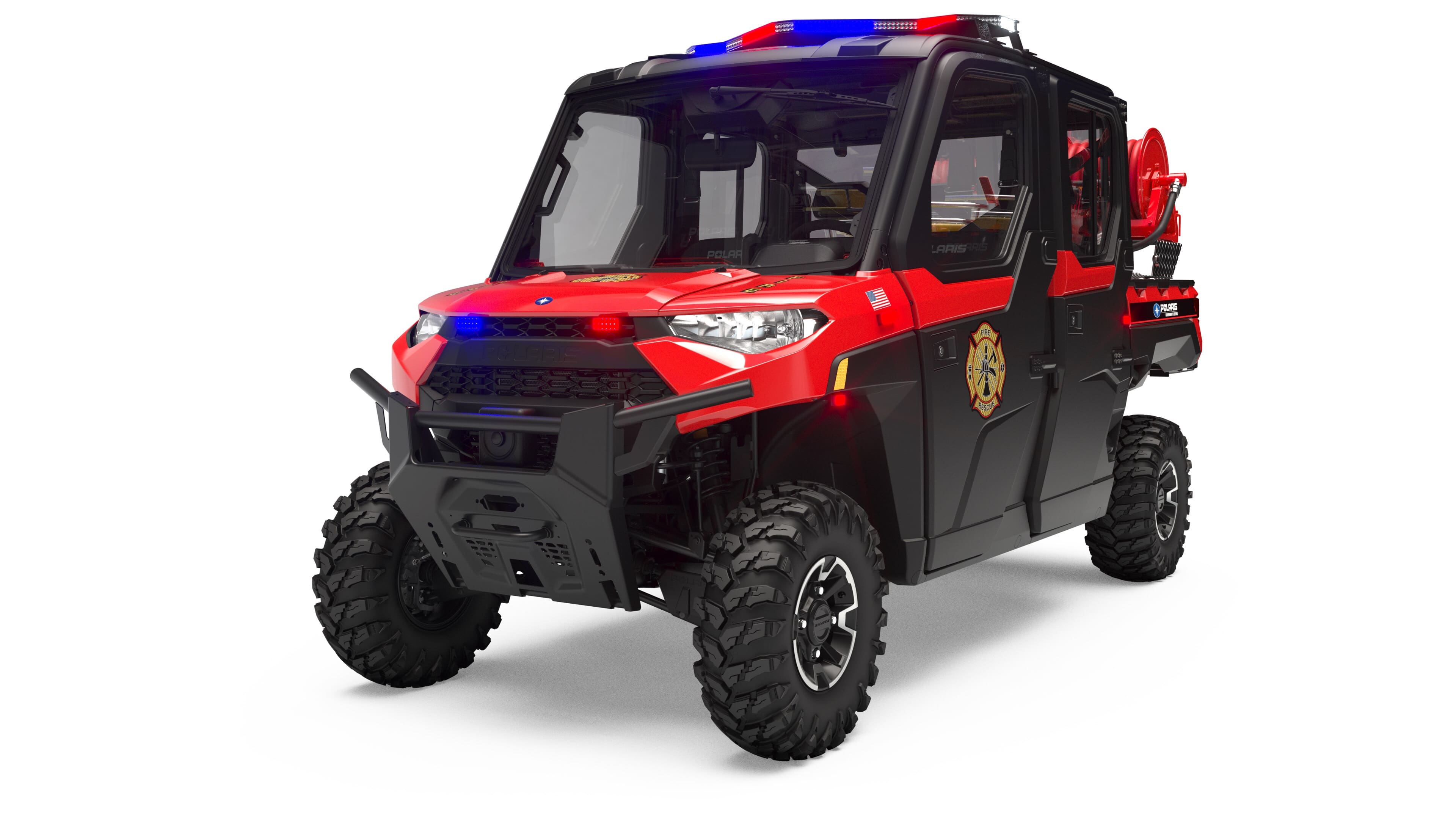
Rescue RANGER vehicles incorporate a rear attendant seat and a stokes rescue basket. Rescue personnel can select between the full-length or compact basket for shorter overall length when not in use. Polaris is also providing a combination fire and rescue package, which includes the fire tank and equipment as well as the stokes rescue basket.
The Taylor-Dunn Bigfoot is Polaris’ all-electric solution for indoor and closed campus use with an ergonomic design, narrow width, and tight turning radius. The fire and rescue Bigfoot options include non-marking tires, rescue skid, attendant seat, emergency lighting, AED and medical bag storage areas, siren, and firefighting equipment.
The GEM eL XD is Polaris’ all-electric street-legal fire and rescue vehicle. GEM is the first commercially produced, street-legal, low-speed vehicle in the U.S. providing a sustainable and economical option for fire and rescue personnel – GEM vehicles have zero emissions and low operating costs. The fire and rescue GEM has a full gurney, attendant seat, oxygen bottle bracket, two IV bag clips, optional AED and medical bag storage.
The PRO XD is Polaris’ diesel utility task vehicle (UTV) and will be on display in the Darley Defense booth at FDIC. The vehicle was designed for the sole purpose of work, with an increased payload, greater durability and better serviceability. It is highly customizable, including the ability to incorporate fire and rescue equipment.
Each of the vehicles maintain the option for the rear equipment skids to be removed all together for use by other departments or jobs from public works, to parades. Custom graphics can be added so vehicles match the rest of the fleet.
Industry expert RKO™ Enterprises develops the skids and integrates the equipment to provide the best, finished vehicles for our customers. Reliability and peace of mind of these products is delivered by Polaris through validation, procurement, and support. RKO™ shares our commitment to quality selecting proven components known for durability and performance, and quality installation for a vehicle we all stand behind.
Polaris fire and rescue RANGER, PRO XD, GEM and Taylor-Dunn vehicles are available for government discount pricing. Customers can contact the Polaris Government and Defense team for more information, or to request a quote.
Polaris is a unique vehicle supplier that harnesses its 65-year legacy of mobility leadership, rich heritage of innovation, and vast commercial enterprise resources, along with a team of dedicated government, defense, and technology experts and operators to deliver the products that customers need to get their missions done. This winning combination of Polaris performance, procurement simplicity, premium service, training, support, and sustainment results in a best-value for government and defense customers.
